Our Favourite Polish Tourist Attractions
Between its buzzing urban areas and its astonishingly beautiful countryside, we think Poland offers enough variety to deliver the holiday of your dreams – no matter what you dream of. Whether you’re a sucker for a historic site, a lover of art and architecture, or just want to be left alone with nature, the Poland tourism scene can cater to you.
We’re rounded up just a few of our very favourite Polish tourist attractions to help you get a sense of what to expect when you visit Poland.
Kraków Old Town, Kraków
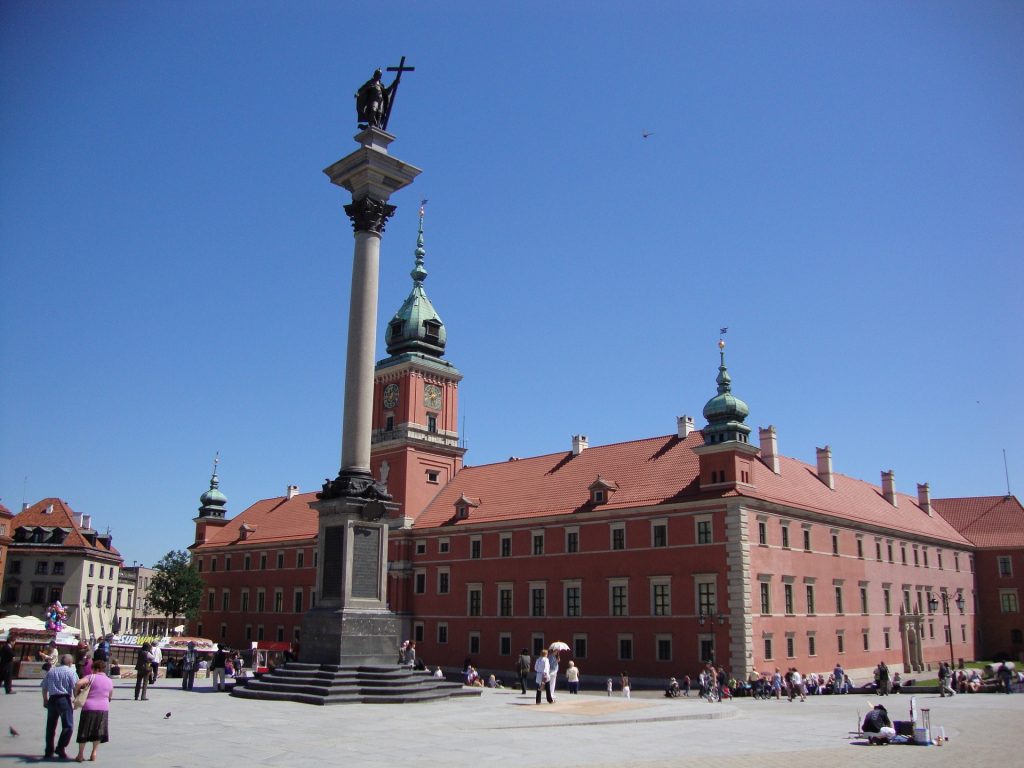
Although all of the towns in Poland have their charms, Kraków is the first stop for many visitors. The city might be famed for its nightlife, but the core of its appeal lies in the beauty of its gorgeous old town, consisting of a picturesque main square as well as a labyrinth of cobbled lanes lined with perfectly preserved historic buildings. Despite the very modern, touristy vibe created by the street performers, market stalls and cafés with pavement seating, you’ll still find the spirit of traditional Poland alive and well here.
Take in splendid views of the old town from the bell tower of St. Mary’s Basilica. Views aside, the building is itself an architectural masterpiece, melding various styles of design dating from the 13th century onwards.
Wieliczka Salt Mine, Wieliczka
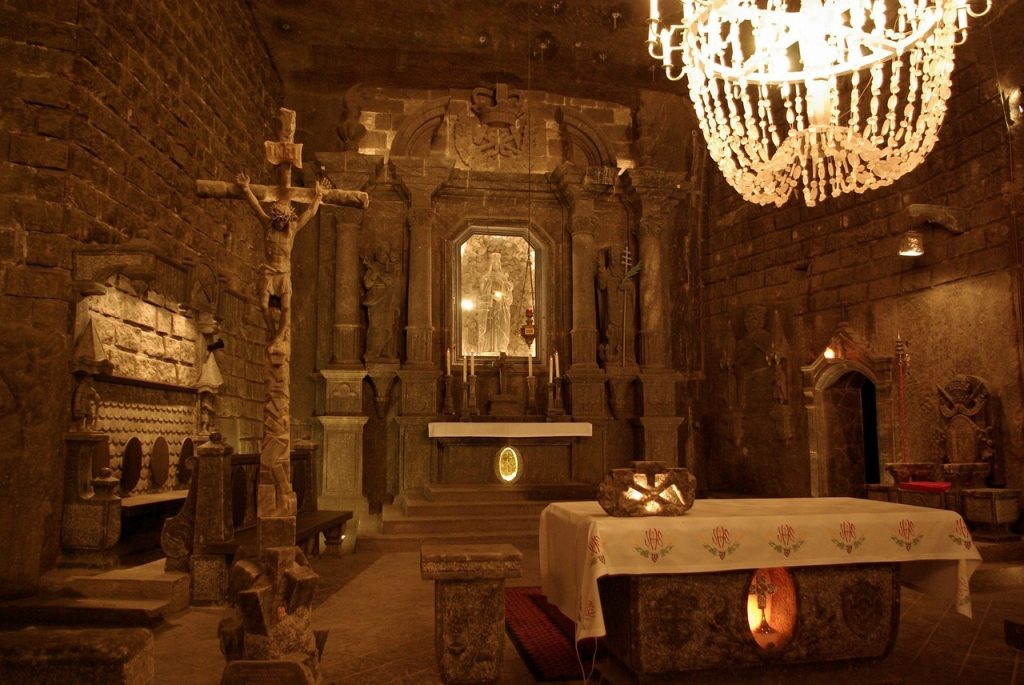
The scale of this subterranean wonder is simply mind-boggling. Explore a network of tunnels carved directly from salt (you can expect to be warned against licking the walls, but this doesn’t deter everyone), where unlikely sights include an entire chapel made from salt. There’s even a salty statue of the Virgin Mary.
You can take advantage of the health benefits said to be offered by exposure to salt-rich air by booking a stay at the mine’s health resort, where a full menu of treatments involving salt is on offer.
Tatra National Park, Zakopane
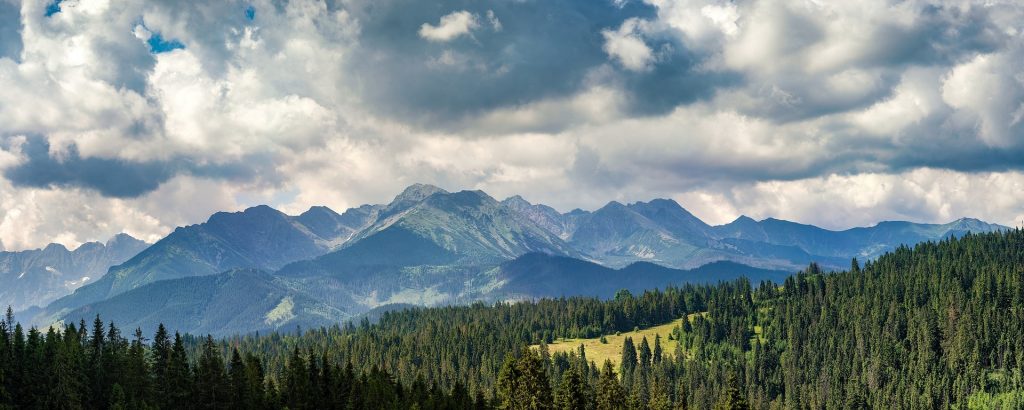
If you decide to do a spot of hiking in the Polish countryside, you’ll have ample destinations to choose from; the national is dotted with spectacular national parks and conservation areas, each one paradise for nature lovers.
One of the most popular is Tatra National Park, which straddles the border between Poland and Slovakia. The mountainous landscape it protects is scattered with sparkling lakes and open meadows. Look out for the many resident species of flora and fauns as you explore. Deer are among the most commonly seen.
Książ Castle, Wałbrzych
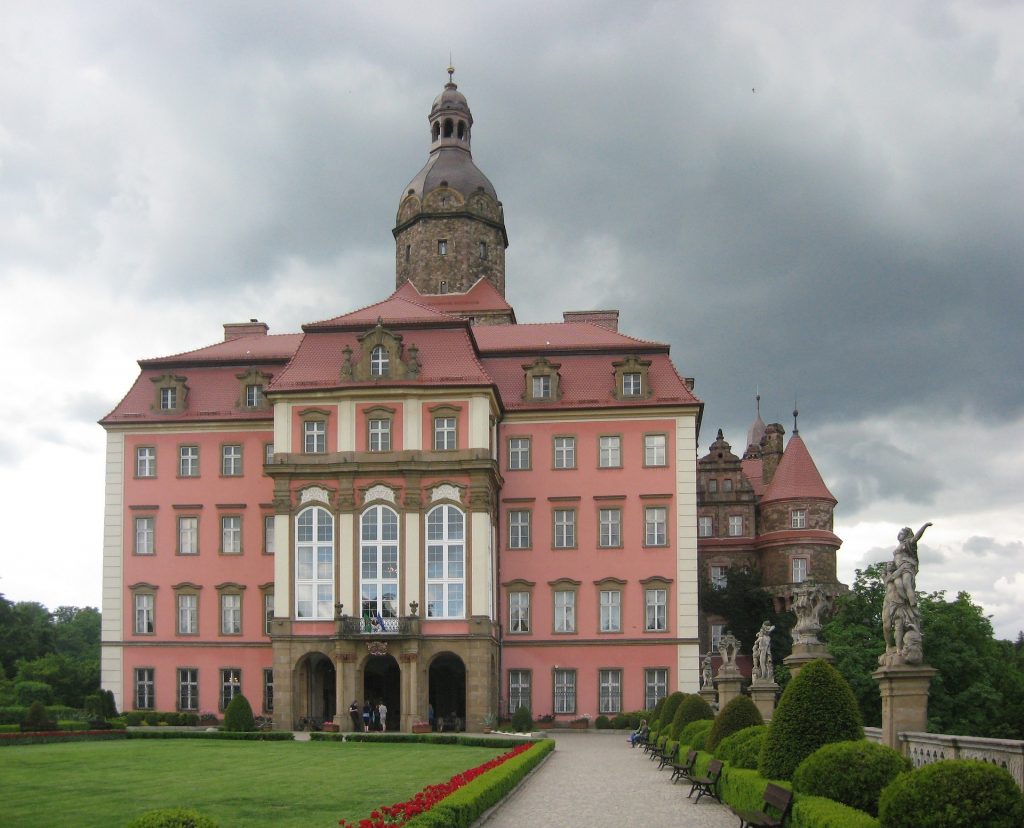
Rising from a thick forest, this 13th-century castle is a Poland tourism highlight that makes for stunning photos. Seen from a distance, its collection of tall spires is impressive enough; but up close, the building is even more irresistible. Leave plenty of time to explore the sprawling grounds, which house themed greenhouses such as the Japanese greenhouse and the palm house. Head inside the castle itself to view the many significant artworks and beautiful pieces of period furniture that fill the opulent interior.
Royal Castle, Warsaw
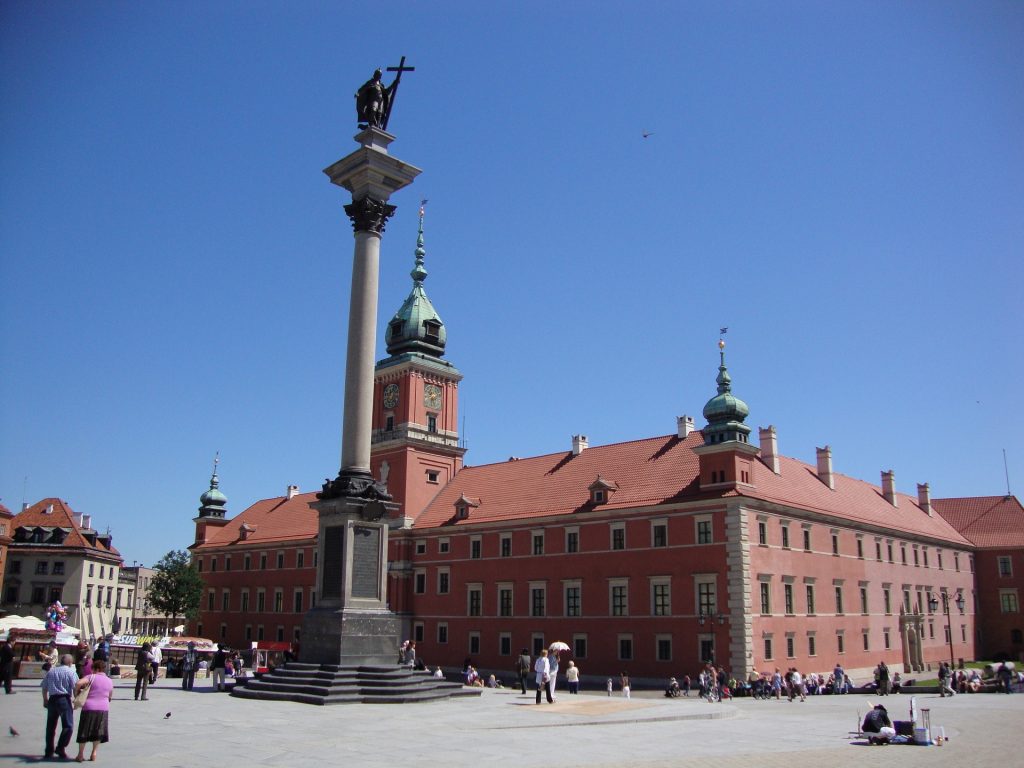
When you’re drawing up your list of must-see towns in Poland, it’s almost a certainty that the capital will make an appearance. Although Warsaw is bursting with interesting sights, one of the most unmissable – in every sense – has to be the massive Royal Castle.
The building is a little bit younger than ancient Książ… well, a lot younger, in fact. Although it may look authentic, the present-day castle is actually a faithful reconstruction of the original. It was built in 1974 to replace the castle destroyed by the Nazi occupation and the failed Warsaw Uprising of World War II.
Nonetheless, it is every bit as marvellous inside and out as any other castle, and its rooms are packed with exceptional items. Look out for the paintings by Rembrandt, as well as the extraordinarily extensive Royal Library.
The Palace of Culture and Science, Warsaw
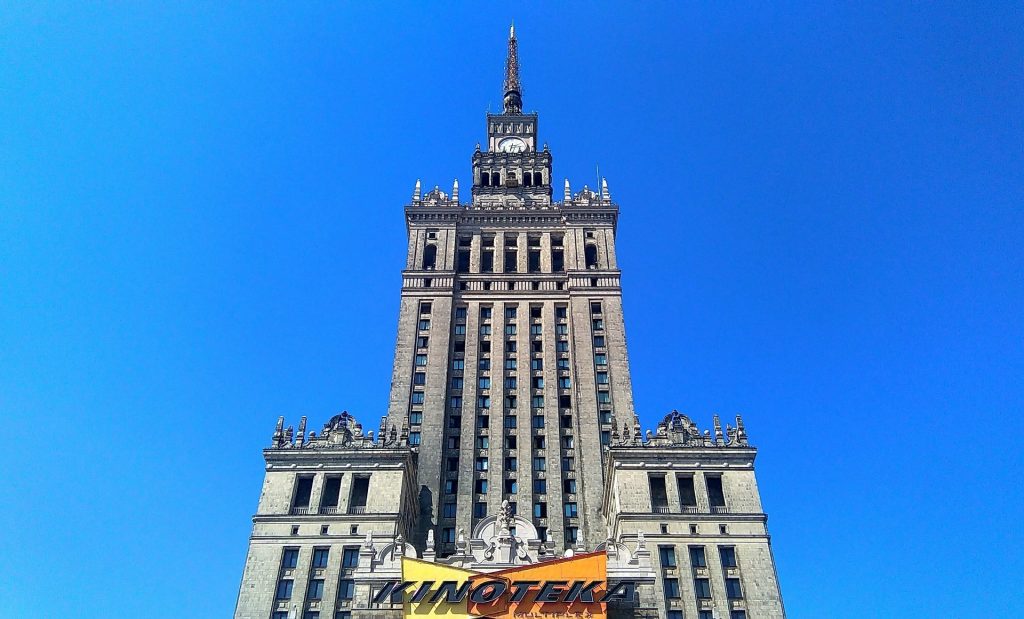
Enjoy unparalleled view of Warsaw from the observation deck at the top of this building, which is the highest in Poland.
The building was initially conceived as one of the grand public works projects typical of Poland’s Stalinist era. Nowadays, however, it serves a wide range of different purposes. Events such as concerts, plays and film screenings are held here throughout the year, and the building is also home to the Polish Academy of Sciences, as well as two excellent museums: the Museum of Evolution and the Museum of Technology.
St. Mary’s Church, Gdansk
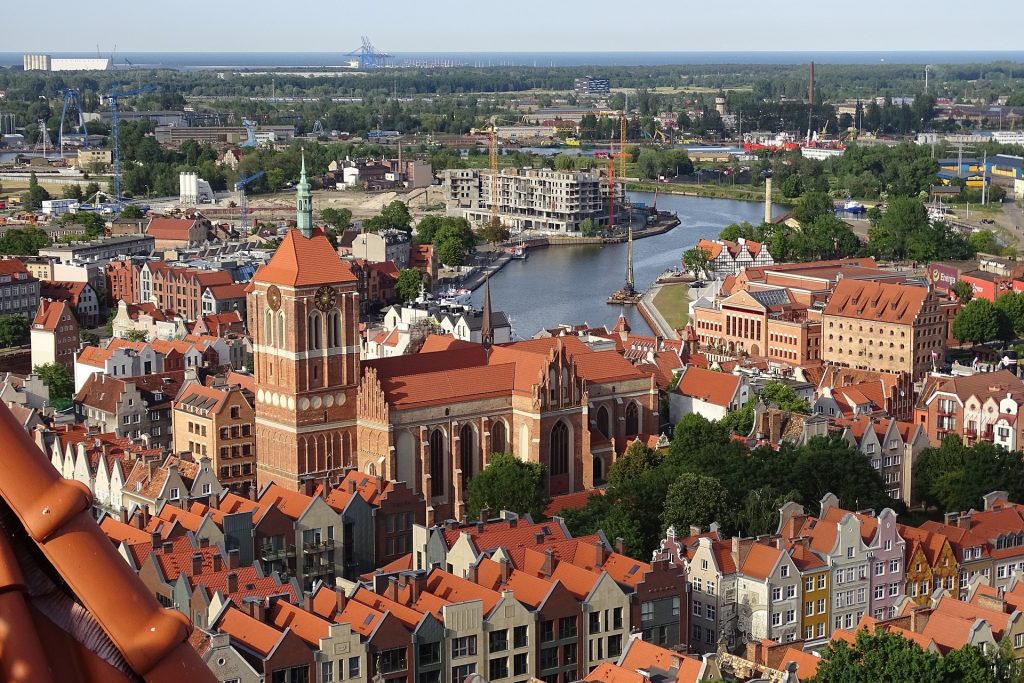
When you visit Poland, you are likely to spend a fair bit of your time visiting its many extraordinary religious sites. This church towers high above all the surrounding roofs, and has long prided itself on being the biggest brick church in Europe. Construction began in 1343 but – perhaps unsurprisingly, given the scale of the project – would not be completed until almost 160 years later.
Despite the somewhat forbidding appearance of the façade, the church’s interior is wonderfully refreshing, featuring white walls, pillars and ceiling.
Jasna Góra Monastery, Częstochowa
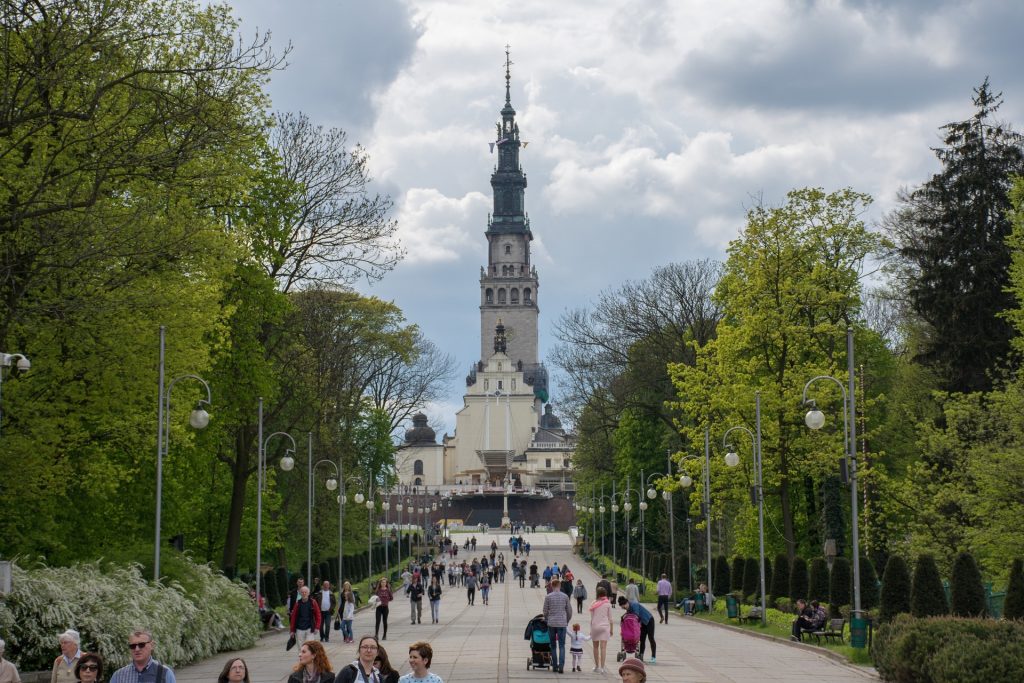
One of the most popular pilgrimage destinations in Poland, this monastery is home to what is said to be the world’s oldest image of the Virgin Mary. The story goes that the painting was actually made of her while she was still alive, and is therefore likely to be the best depiction of her. The monastery has long been a hub of academic and religious discussion and education, and is home to two splendid libraries as well as comprehensive archives.
Warsaw Uprising Museum, Warsaw
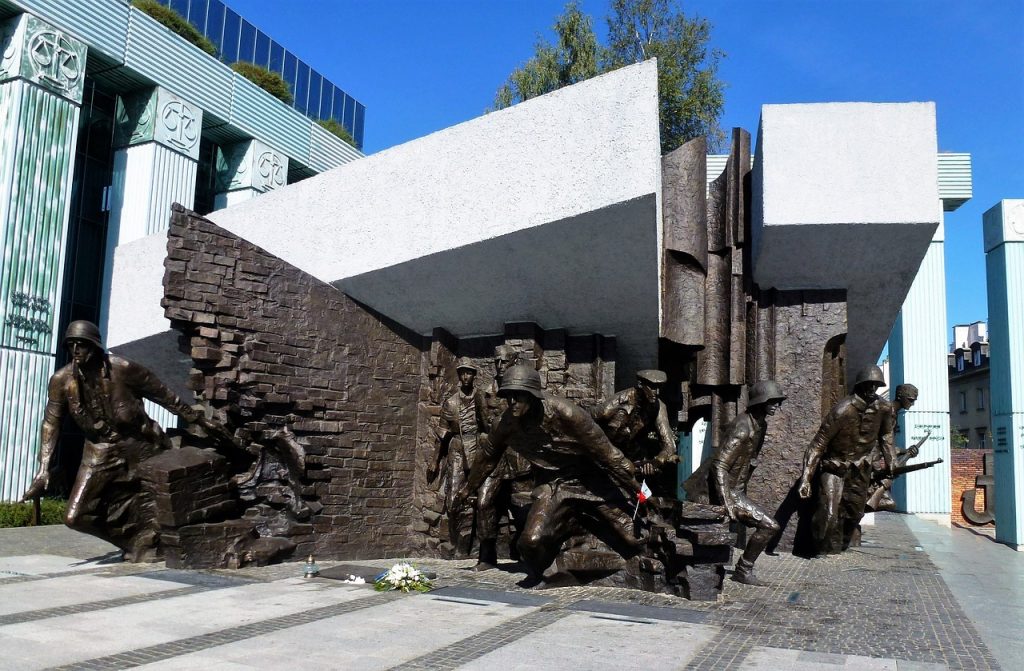
This interactive, well-resourced museum deals with a fascinating event in European history: the Warsaw Uprising of 1944. The uprising saw Poland’s network of resistance fighters make a bid to free the capital from Nazi rule.
The uprising ultimately failed, and is thought to have resulted in the deaths of around 16,000 members of the resistance. It was met with a brutal response from the German forces, who would use the uprising as a pretext for intensifying their persecution of local Jewish people and further restricting the freedoms of Warsaw’s residents.
The museum looks not only at the specific events of the uprising, but the wider context of World War II and the horrors of the Nazi occupation and the subsequent Communist period.

